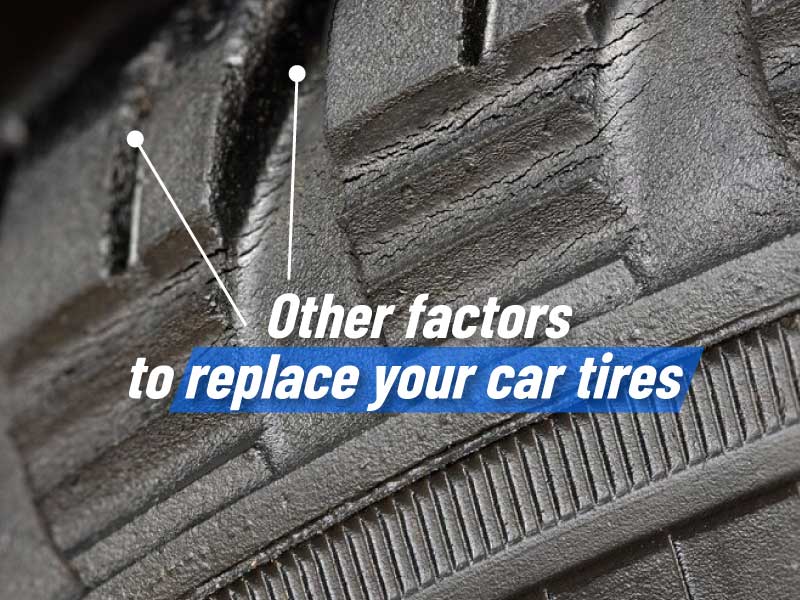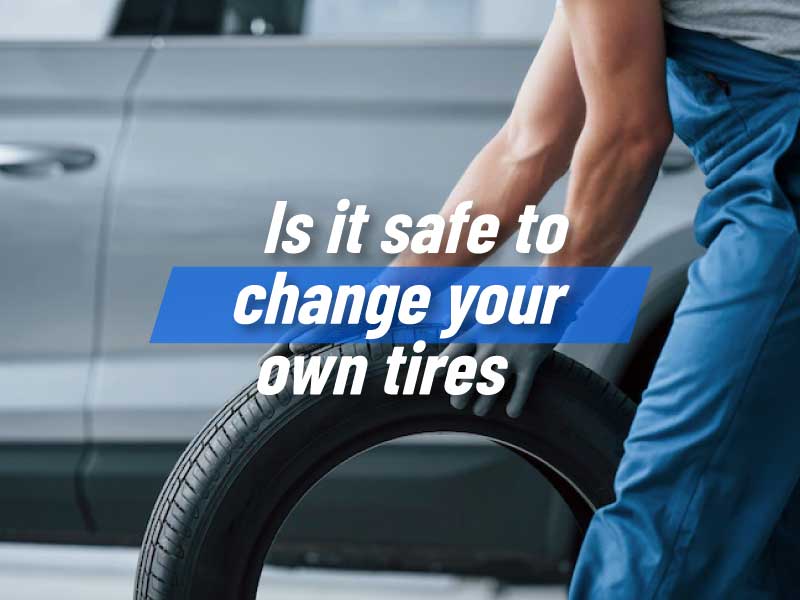Is it safe to change your tire? If your tires already have wheels attached to them, replacing them on your own is a task you can complete on your own. It merely requires intelligence, experience, and assurance in oneself to create the talent, but everyone is capable of doing it. Even if you are familiar with changing your tires, you should still take your vehicle in for regular maintenance.
Having said that, if you ever find yourself needing the services of a technician, changing your tires will save you the money you would have spent on paying someone else to handle that specific work. So, if you are wondering if it is safe to change your tire, it is.
What are some precautions to take before I change my tire?

Changing your car tires can be challenging. Here are some things you should know so that it is safe to change your own tire:
If you can avoid it, you should never replace a tire on the side of the street unless it is absolutely necessary. According to the recommendations of multiple agencies, the most prudent action to take in the event that your vehicle experiences a flat tire while driving on a highway is to take the next available exit. If your vehicle is unable to move, remain secured properly inside of it until assistance arrives.
Never, ever neglect the pressure in the tires. Maintaining the correct air pressure in your tires can drastically cut down on the likelihood that they will develop a puncture.
Never allow lug nuts to get too loose. Be sure to follow the instructions in your owner’s handbook for how to loosen the lug nuts and, more importantly, how to tighten them correctly.
Never attempt to replace a tire while standing on uneven terrain. To remove the flat tire and replace it with the new one, you will need to elevate your vehicle. When you’re using a jack on uneven ground, a number of terrible things might happen, such as the jack cracking, the car busting, or you gravely harming yourself if the car falls on you.
Never set the jack on the component of the car structure that is made of plastic. There is not a single component of the plastic frame that sits below your vehicle that is capable of supporting even a small fraction of the weight of your vehicle. You must position the jack on the metal frame. Keep an eye out for the obvious notch that the jack must fill in order to function properly. Check the owner’s handbook for your vehicle if you can’t seem to locate it.

Installation process
There are a number of procedures involved in installing tires, each of which requires the appropriate equipment. You can purchase these from your neighborhood tire store. Your vehicle’s wheels are removed, and any rust or corrosion is removed before reinstalling. The wheel weights from the old tires are removed, and the tires themselves are recycled. Polishing the rims and replacing the valve stem are two steps in the process. Although the first few stages may appear straightforward, mounting the tires is part of the process when you should have technicians from a repair facility assist you.
You must complete the balancing process on your tires before you may attach them. To ensure that the tires are perfectly balanced, they are put through their paces on a balancing machine. You can also rotate them on a machine that is designed to balance wheels using road force. This equipment applies force to the tire to replicate the effect of the weight of your car on the wheel. You may achieve a uniform, smooth, and safe ride with properly balanced tires. In addition to this, they assist in maintaining even tread wear, which extends the life of your tires.
Steps to change your tire yourself
First, shift your vehicle into first gear, and then pull the emergency handbrake. Put the vehicle into the “park” position if it has an automatic gearbox.
Make use of the cross wrench or an impact wrench to undo each of the wheel bolts, and then remove the wheel.
Place the vehicle in the park. Jack up the vehicle at the location shown on the vehicle. Raise your vehicle with the jack until the tire is no longer in contact with the ground; just a few centimeters will do.
You will need to use the cross wrench to remove all of the wheel bolts. Remove the wheel from the hub, then use your grease pencil to make a mark on it.
Utilize the wire brush to clean any rust or debris that may have accumulated on the wheel hub. Install the replacement wheel in its place.
Replace the wheel’s bolts and lug nuts. At this point, you should just use the cross wrench to give them a mild tightening.
Reduce the height of your vehicle using the auto jack until the wheel is in touch with the surface below. The ability for it to turn shouldn’t exist any longer.
Use the torque wrench to ensure that the wheel bolts are pulled into the specified amount of torque. Always be sure you tighten the wheel bolts in a pattern that looks like a crisscross. This guarantees that you will position the wheel appropriately and securely.
After you have lowered your vehicle to its lowest possible point, remove the car jack. It is necessary to repeat similar procedures for each of the remaining wheels.
Is it safe to change your own tires?
The ability to change a flat tire is far more dependent on your practice than your education. Even if you have done much research on the topic, having your tire blow out on a deserted highway may still be very unsettling. Before you actually have to deal with the situation on the road, you should practice changing tires in the comfort of your own house, in the security of your garage with help just a phone call away.




